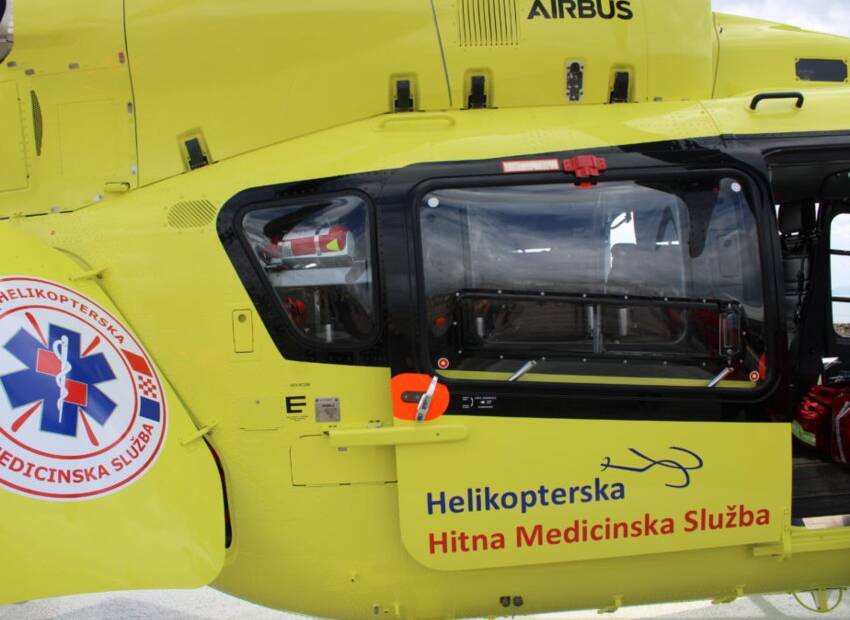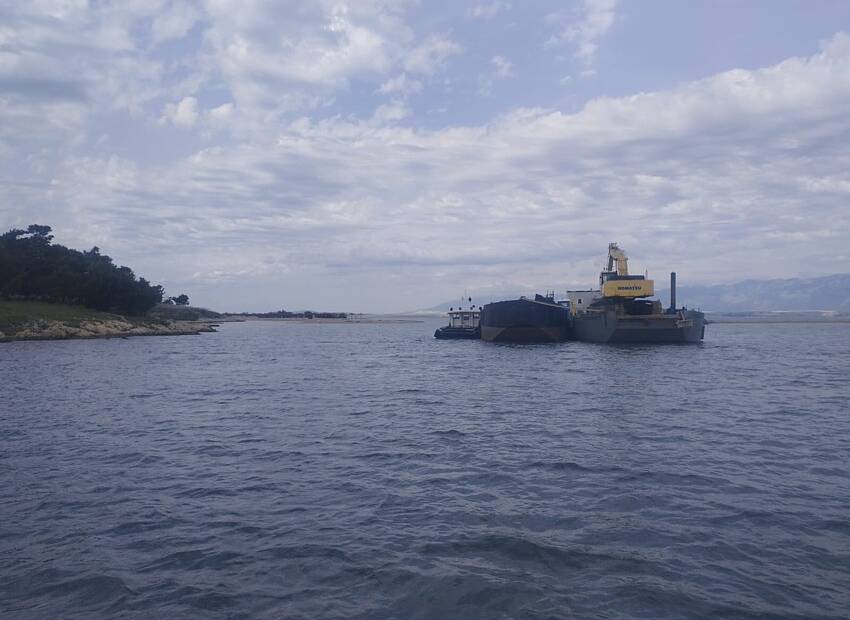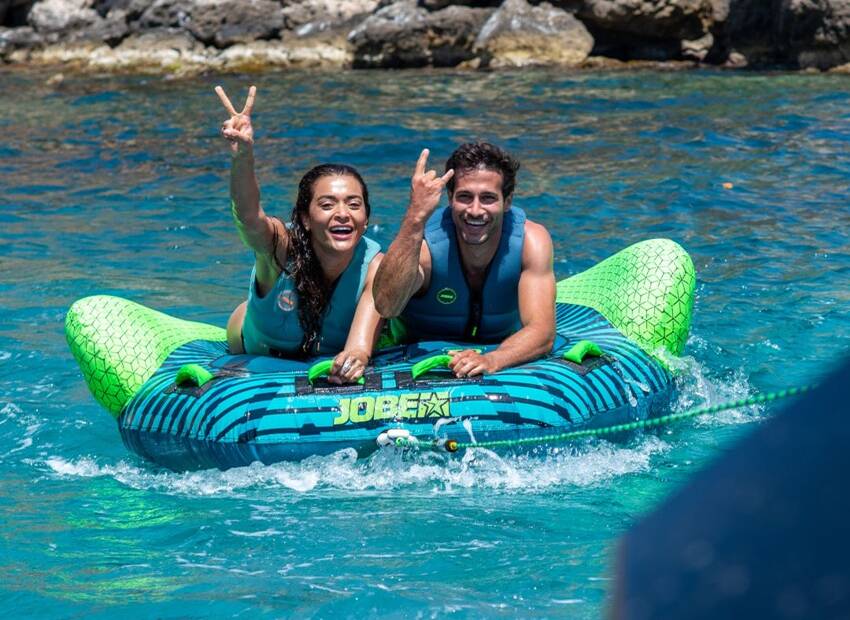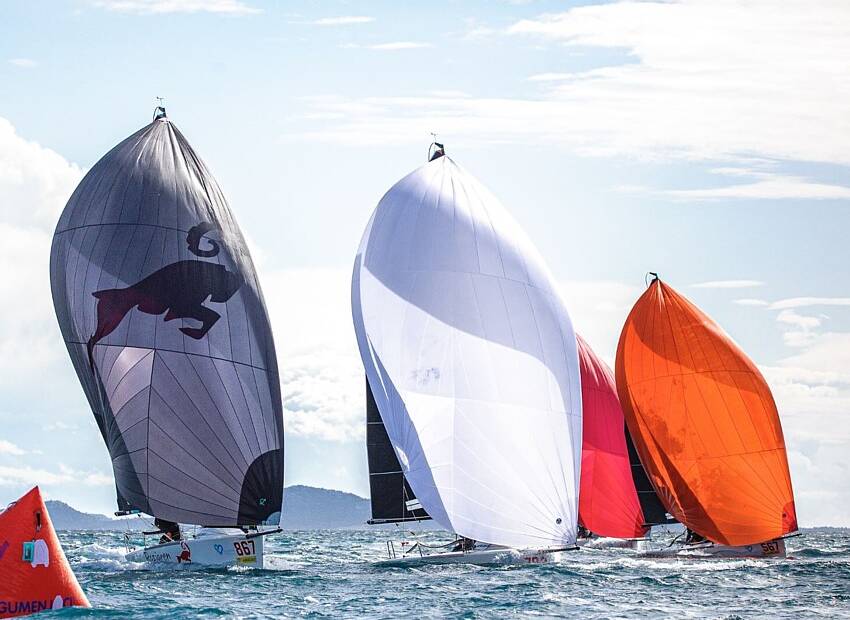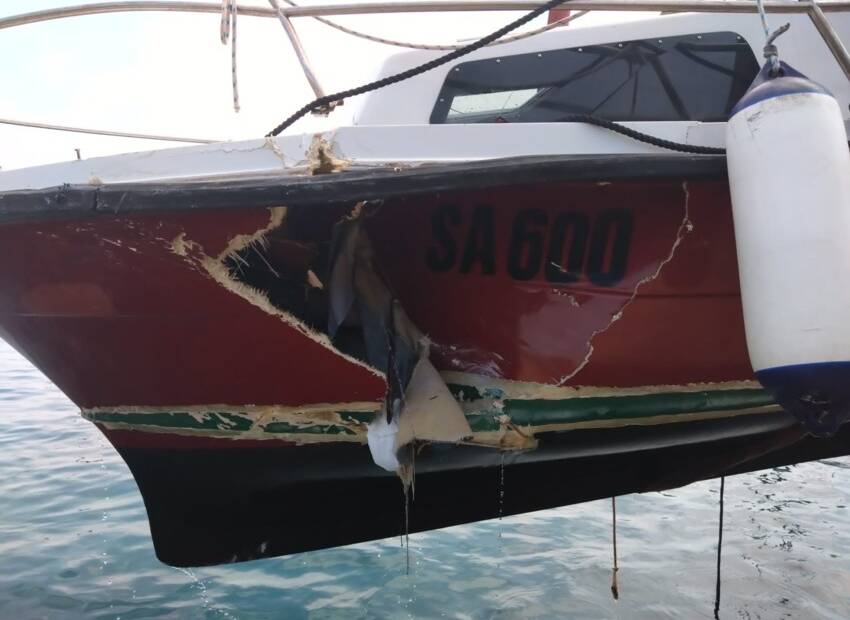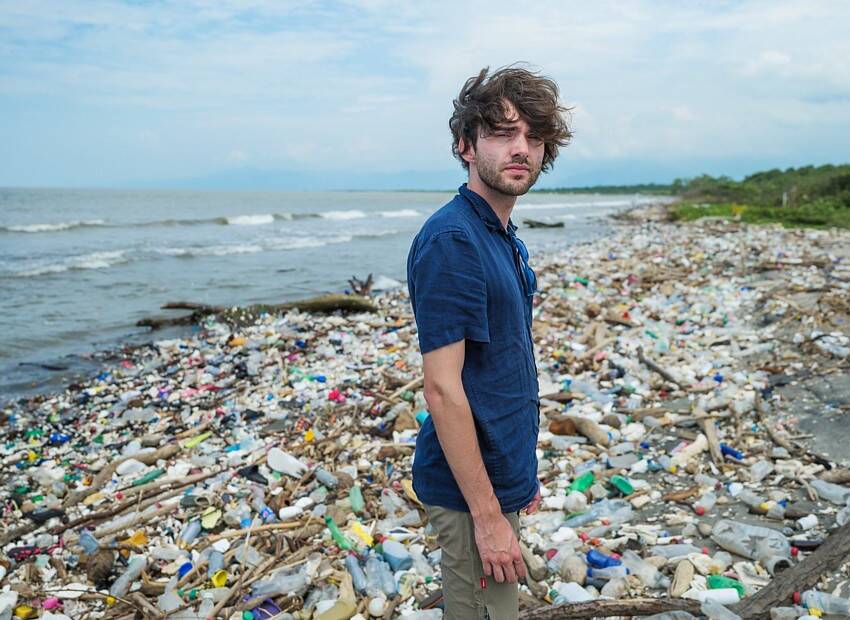I couldn’t feel my hands anymore and using them was impossible. The shivering was uncontrollable and violent. “That’s a good sign,” I thought.
I remembered from my studies of hypothermia that shivering stops before you lose consciousness. “If I’m still shivering then I’ll live for a while longer,” I reasoned. But mostly I was wondering how I got myself into that mess.
No, I hadn’t fallen overboard or stumbled off the docks. I had jumped into a half-frozen Lake Eerie on purpose. Forty people saw me do it and they were all just standing there, watching me – with cameras rolling – slowly freeze to death.
The National Water Safety Congress, who got eight of us to volunteer for this crazy – federally funded – experiment in suffering, recruited in August by design. It was easy to agree to jump into freezing cold water when it’s sunny and warm out. Their public service DVD – Cold Water Boot Camp, USA – was designed to dispel two dangerous myths about cold water: one is that a person’s swimming ability makes any real difference in their need for a life jacket, and the other is that hypothermia kills quickly. Neither is true.
“When immersed in cold water, you have at least one hour before you’ll become unconscious due to hypothermia,” said our instructor, Dr. Gordon Giesbrecht, “but only if you have a life jacket on, because there is no way you can keep your head above water that long without one.” Giesbrecht, a thermo-physiologist and one of the world’s leading authorities on environmental injuries, was talking about the 1 – 10 – 1 principle of cold water immersion – three numbers that will help you remember how to survive the three phases of an unexpected dip into cold water:
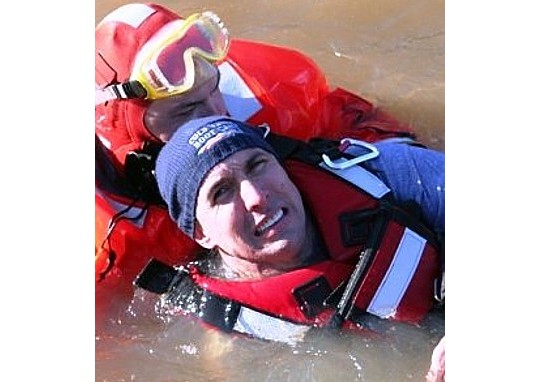
Phase 1: The cold shock response – accidentally falling into cold water (say, under 59° F) is an assault on the body’s senses. Characterized by uncontrollable gasping and disorientation, the first moments can be the most dangerous. So for that first minute (1), do nothing but keep your head above water, try and stay calm, and control your breathing. The gasping will stop and then you’ll be able to work on getting yourself safely out of the water.
Phase 2: Swim failure – or the loss of muscle control – happens to everyone who stays in cold water long enough. If you’re not wearing a life jacket – regardless of how strong a swimmer you are – you will drown long before you ever become clinically hypothermic. The longer you stay in, the weaker you become. So after that first minute of just staying calm, you have about ten (10) minutes to try and self rescue. If you haven’t gotten out of the water by then, you’re not going to. Conserve your energy to delay phase three.
Phase 3: Hypothermia – core body temperature of 95° or less – takes a surprisingly long time to happen. The point here is not to panic. Depending on variables like air and water temperature, no matter how uncomfortable you are (and trust me – you will be) you will have an hour (1) or more before you lose consciousness from hypothermia.
So for cold water survival just remember 1 – 10 – 1. That’s one minute, ten minutes, one hour – and always wear your life jacket when out in cold water.
Please take a few minutes to watch the videos below and listen to Dr. Giesbrecht explain his 1-10-1 principle in detail.
Cold Water Boot Camp USA, 1-10-1 Principle Short from Brendan O'Donnell on Vimeo.
Cold Water Boot Camp USA, The First 60 Seconds Short from Brendan O'Donnell on Vimeo.
by Mario Vittone in Boating Safety, Survival, Water Safety













